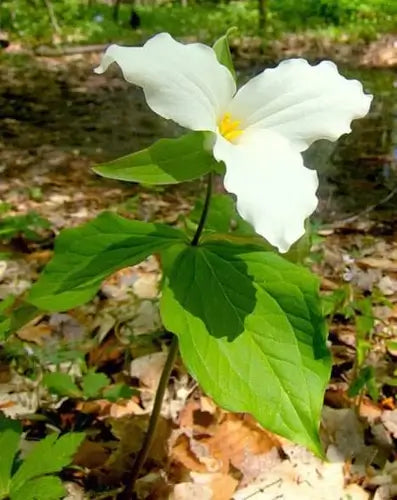How tall is a 10-year-old Japanese maple?
The height of a 10-year-old Japanese maple can vary depending on the specific variety, as there are many cultivars with different growth habits. Generally, a Japanese maple in this age range can reach anywhere from 6 to 12 feet tall. One of the key attractions of the Japanese maple is its slower, graceful growth. At 10 years, you'll likely see it taking on its distinct, elegant structure, with a delicate branching pattern and fine, lacy leaves. The upright varieties will tend to be taller, while the weeping or dwarf cultivars will remain shorter and more compact. Each tree develops its unique shape as it matures, adding a timeless beauty to the landscape. This size also makes it perfect for smaller gardens and larger spaces where its dramatic form can be a focal point.
Where should you not plant a Japanese maple?
Though Japanese maples are versatile, there are a few places you should avoid when considering where to plant one. First and foremost, steer clear of locations with intense, direct sunlight all day, especially in hotter climates. The leaves of many Japanese maples are delicate and can be prone to sunburn, which appears as brown, crispy edges on the foliage. This can detract from the tree's beauty and cause unnecessary stress. Likewise, avoid planting your Japanese maple in areas with poor drainage. These trees thrive in well-drained soil, and waterlogged conditions can lead to root rot, harming their health. While they tolerate a range of soils, it's essential to ensure they never sit in standing water. Also, avoid windy, exposed locations, as strong winds can damage their fragile branches and leaves.
Finally, Japanese maples should not be placed in areas that experience heavy foot traffic or near driveways where cars can brush against their branches. The delicate limbs are easily broken, which can detract from the tree's overall appearance. Protecting the space around your Japanese maple ensures it thrives in its tranquil setting.
How big will a Japanese maple get?
The mature size of a Japanese maple varies based on the cultivar, but it generally ranges between 15 and 25 feet in height. Some smaller dwarf varieties may only reach around 6 to 10 feet when fully grown, while larger upright varieties can grow up to 30 feet. The width of a mature Japanese maple often equals its height, with a canopy that gracefully spreads out, creating an enchanting umbrella of color and texture. The size makes Japanese maples an excellent choice for small to medium gardens.

Their slow growth means they don't demand constant pruning or maintenance to control size, though light pruning can help to shape their elegant form. Over the years, the tree's trunk thickens, and the bark takes on a subtle texture, adding a new layer of interest during the winter months when the leaves have fallen. Whether you choose a weeping variety or a more upright type, their size and shape add a dynamic layer to the landscape, providing year-round beauty.
Do Japanese maples prefer full sun?
Japanese maples are adaptable to various light conditions, but they generally prefer partial shade to filtered sunlight, especially in warmer climates. While some varieties can tolerate full sun, particularly in cooler regions, many types of Japanese maple will struggle under the intense, all-day sun. The delicate leaves can become scorched in full sun, particularly during the hot summer. The vibrant red, purple, or orange foliage can turn brown at the edges, detracting from the tree's stunning beauty. This is particularly true for trees with finely dissected leaves, which are more prone to sun damage.
A Japanese maple often thrives in partial shade or dappled sunlight, showing off its best color and form. Morning sun with afternoon shade is usually an ideal balance, giving the tree enough light to develop its rich, vivid foliage while protecting it from the harsh midday rays. Shade from taller trees, buildings, or pergolas can offer just the right amount of relief without compromising on light. Careful consideration of sunlight exposure will ensure your Japanese maple thrives, showcasing its brilliant foliage year after year.























































 " alt="Featured Collection Perennials " />
" alt="Featured Collection Perennials " />
 " alt="Featured Collection Ferns " />
" alt="Featured Collection Ferns " />
 " alt="Featured Collection Live Moss " />
" alt="Featured Collection Live Moss " />
 " alt="Featured Collection Trees " />
" alt="Featured Collection Trees " />
 " alt="Featured Collection Shrubs " />
" alt="Featured Collection Shrubs " />
 " alt="Featured Collection Vines " />
" alt="Featured Collection Vines " />
